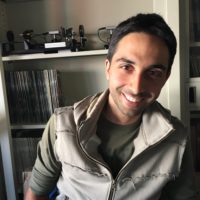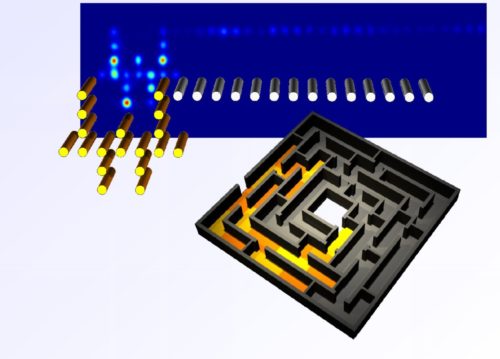
Congratulations to Fulvio for the “Piero Brovetto” Prize!
Our Phd student Fulvio Flamini has been selected by the Società Italiana di Fisica-SIF for the “Piero Brovetto” Prize! The prize will be awarded on 26 September 2016 in Padova during the Opening Ceremony of the 102° SIF National Congress.







